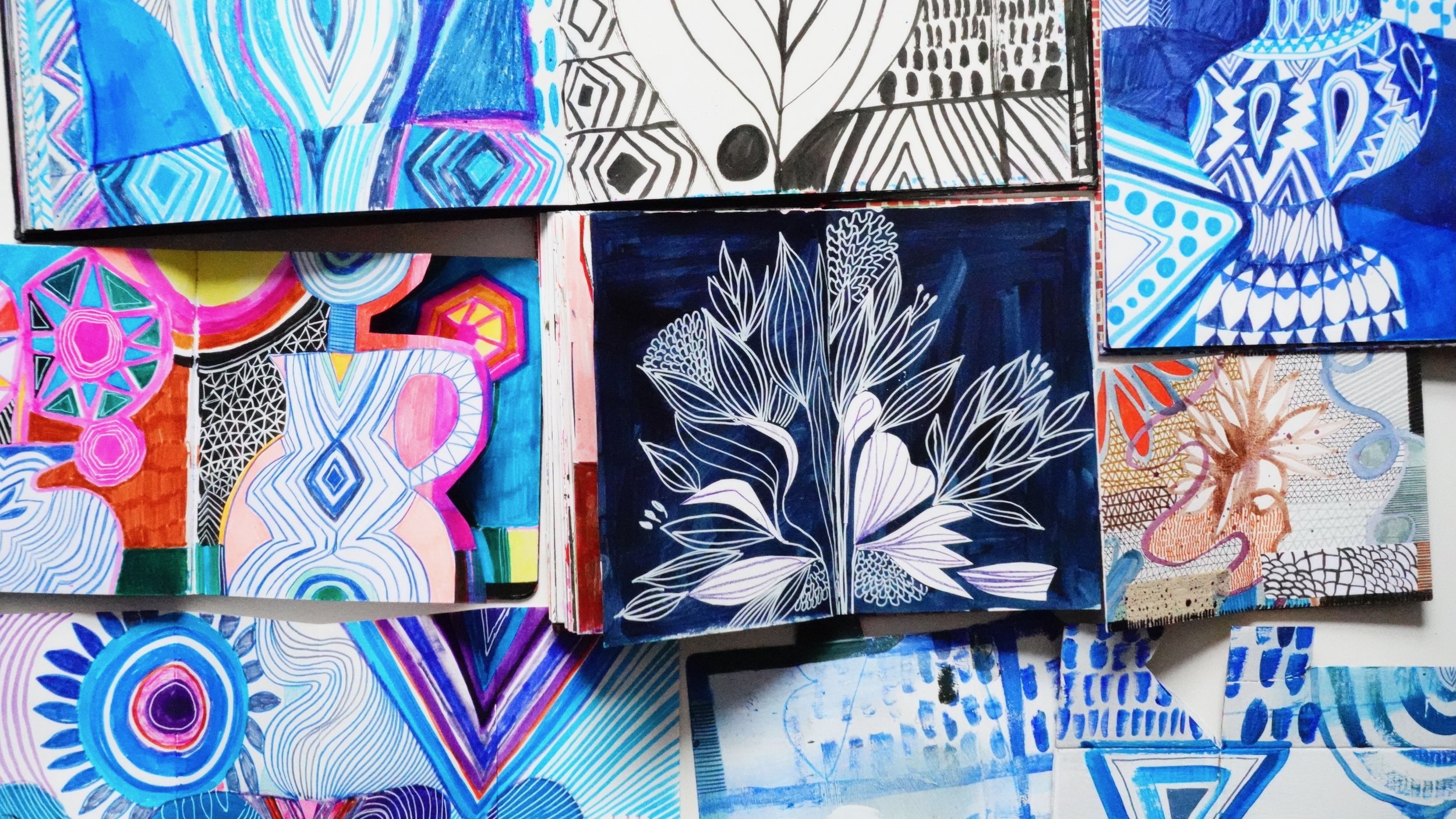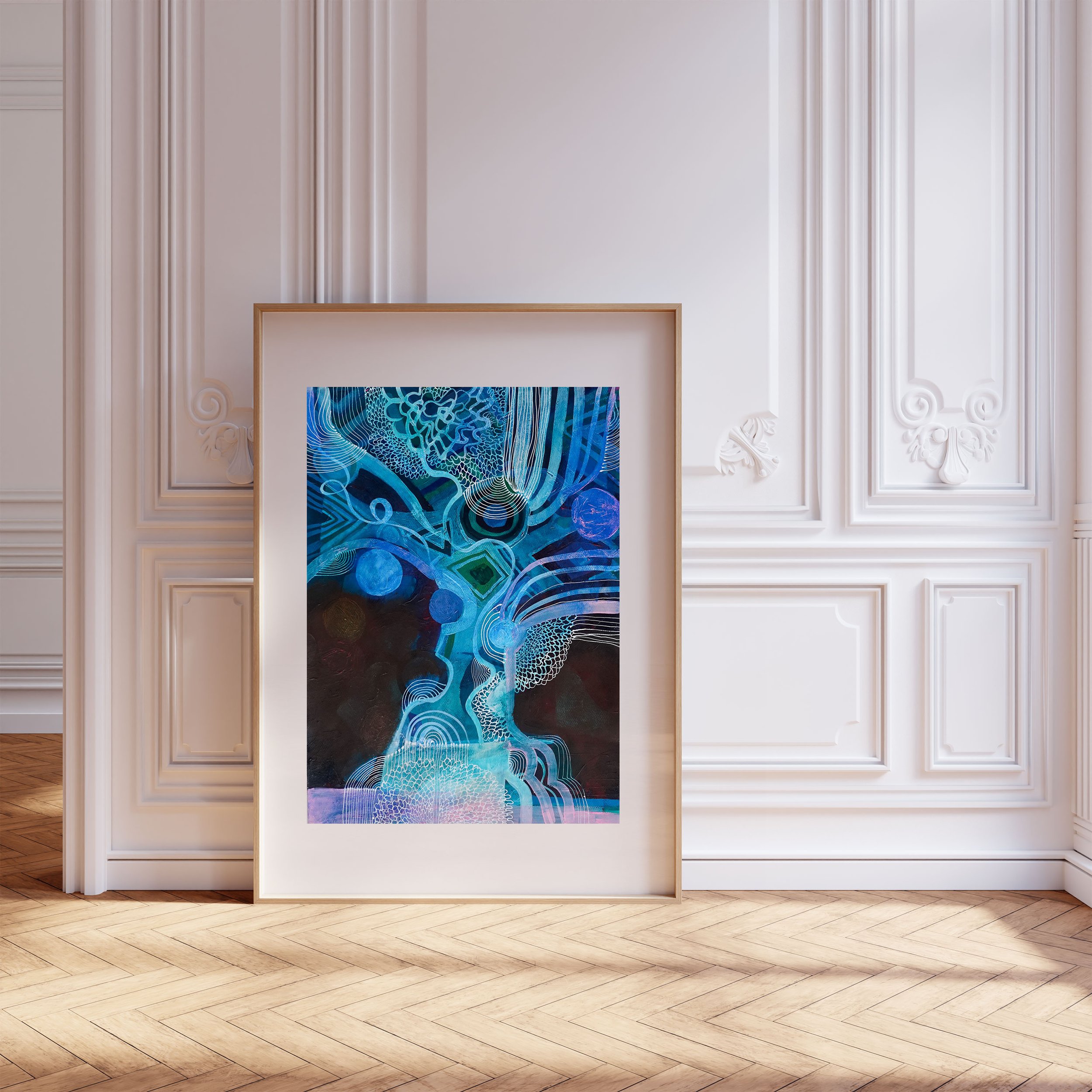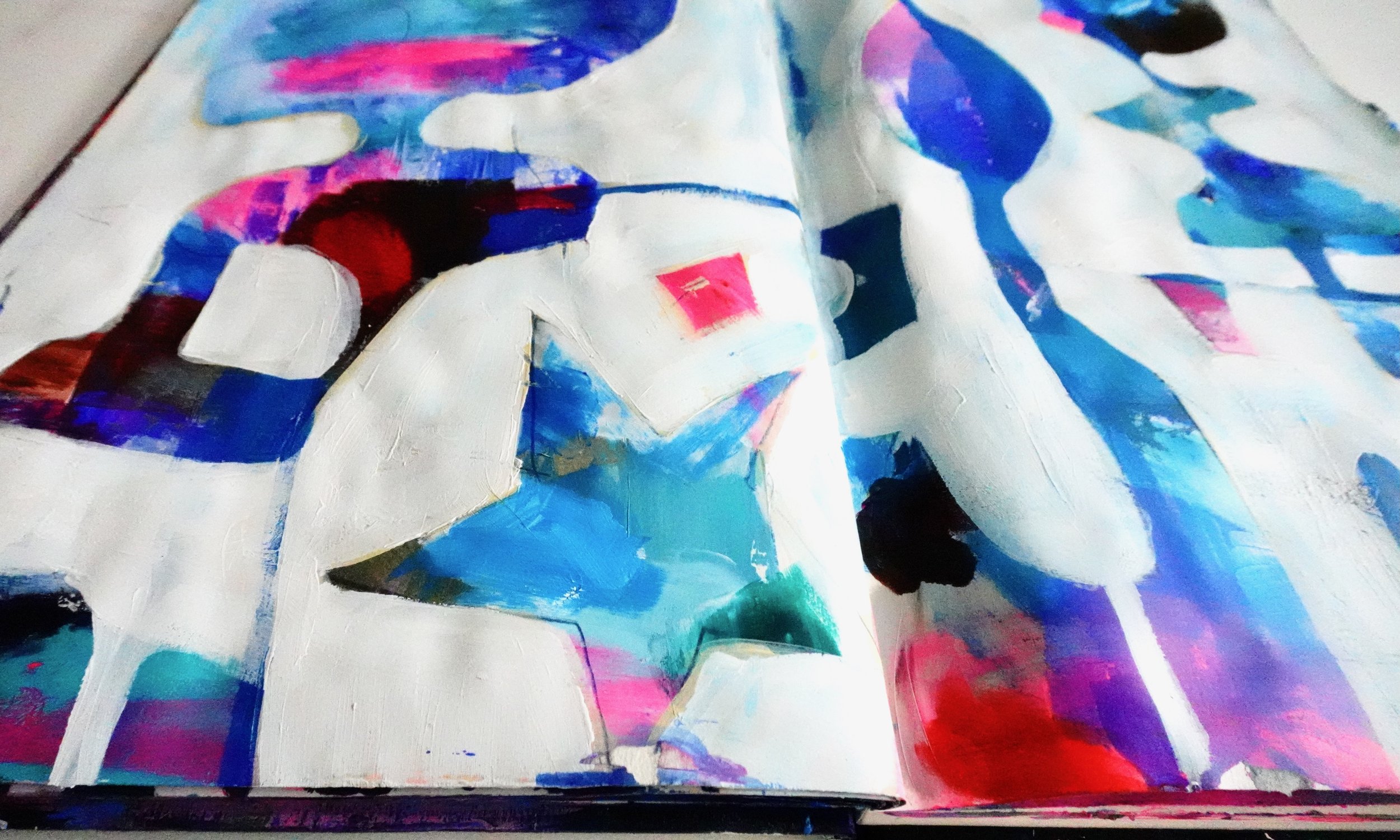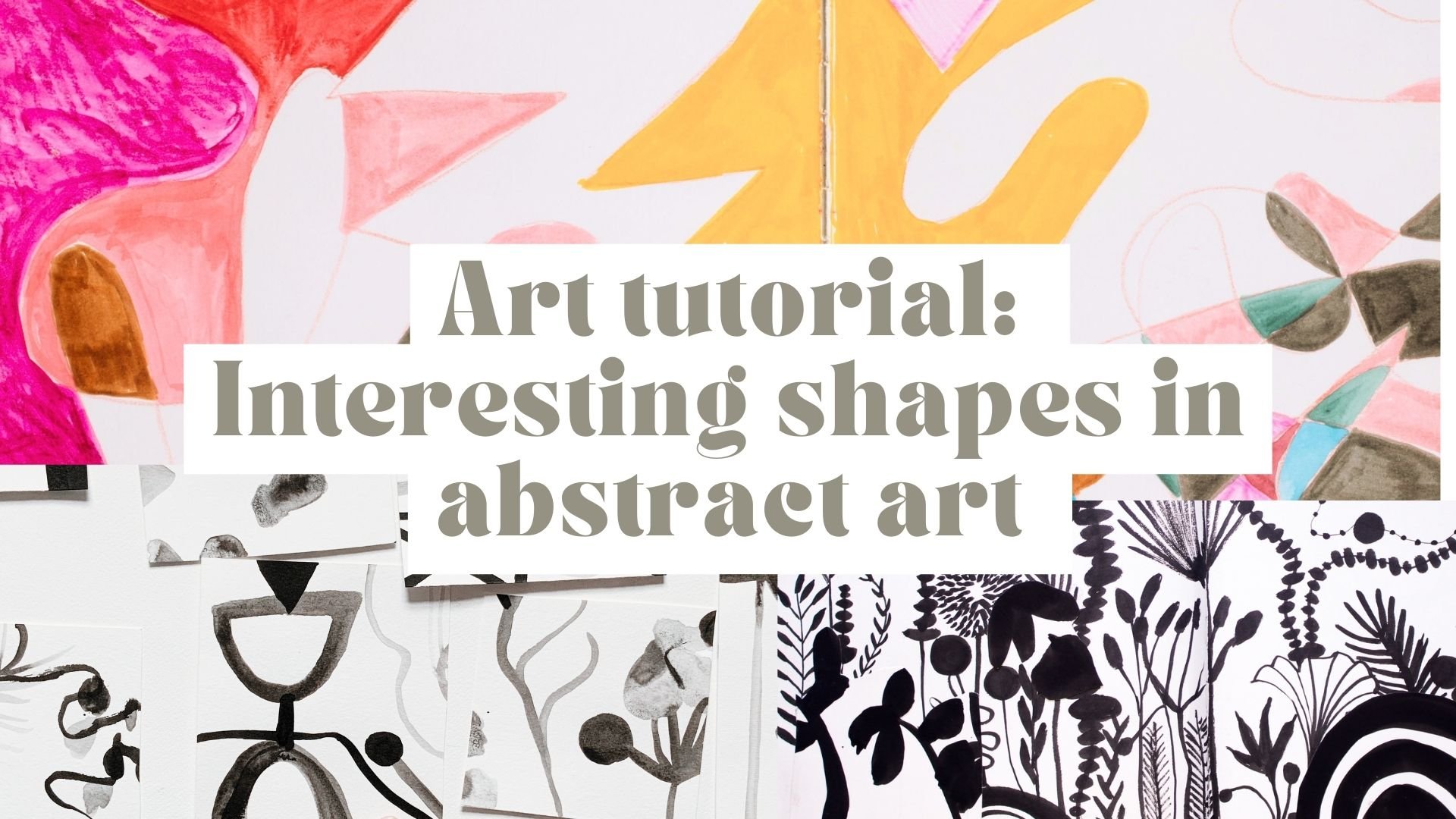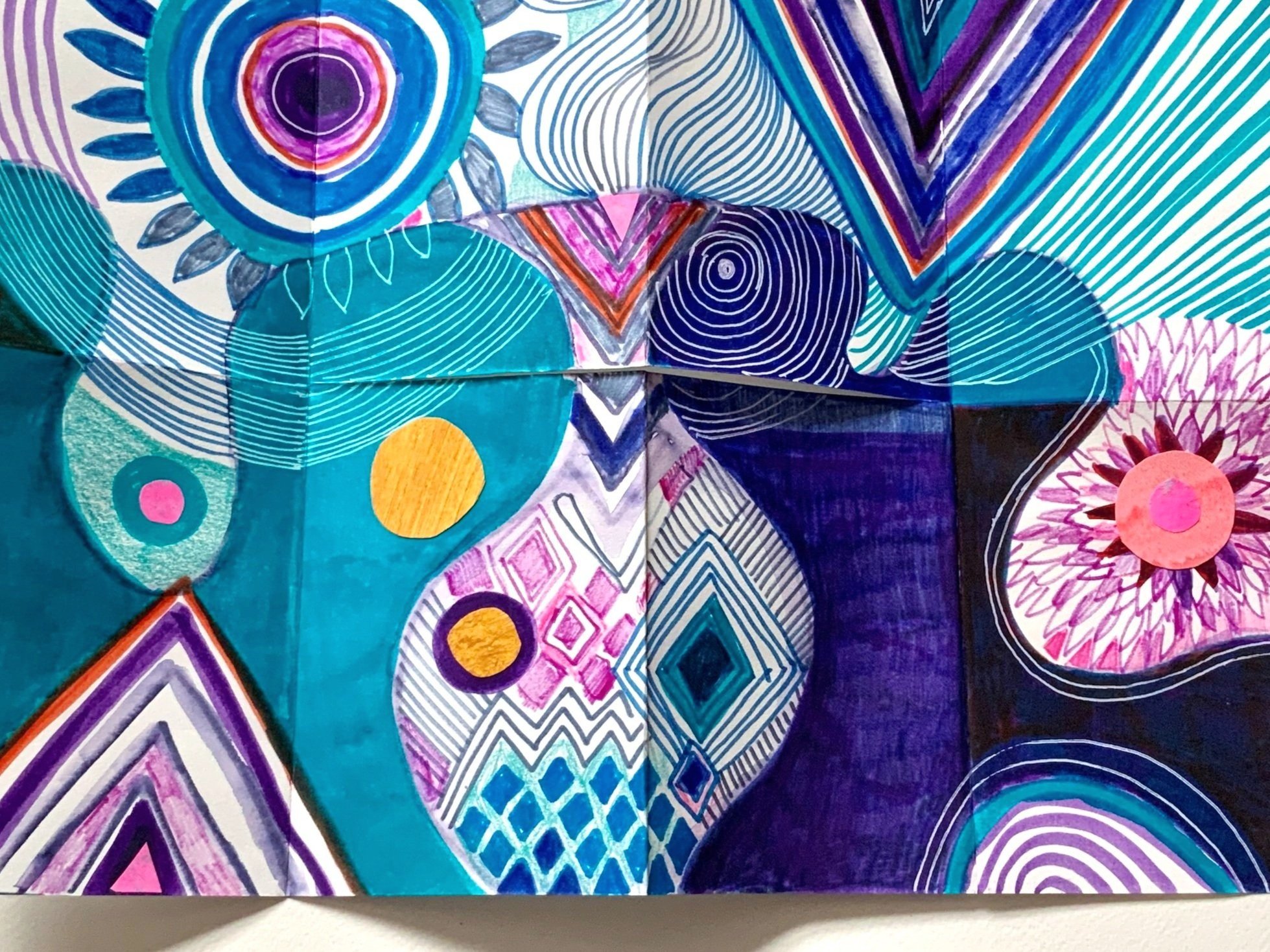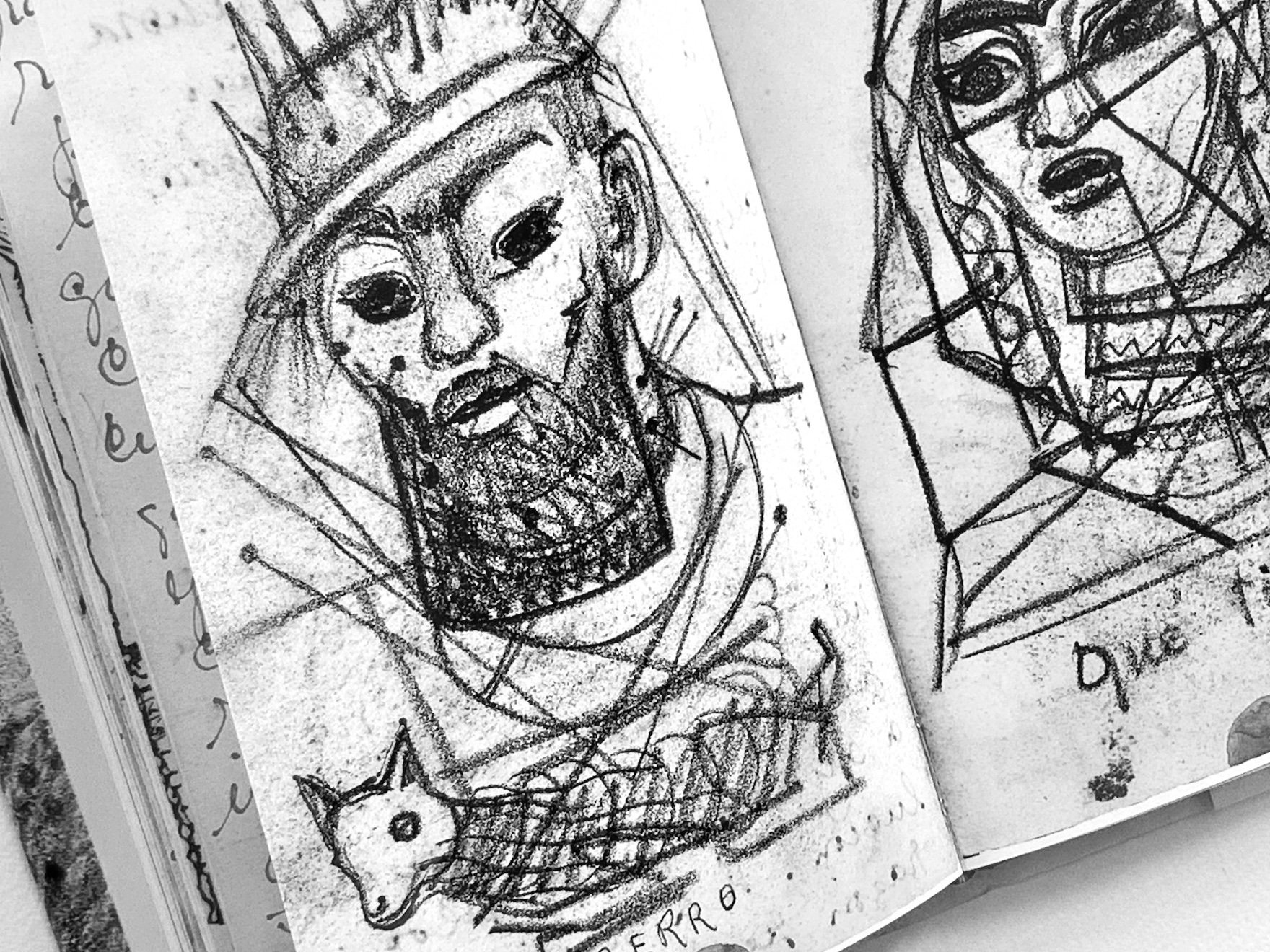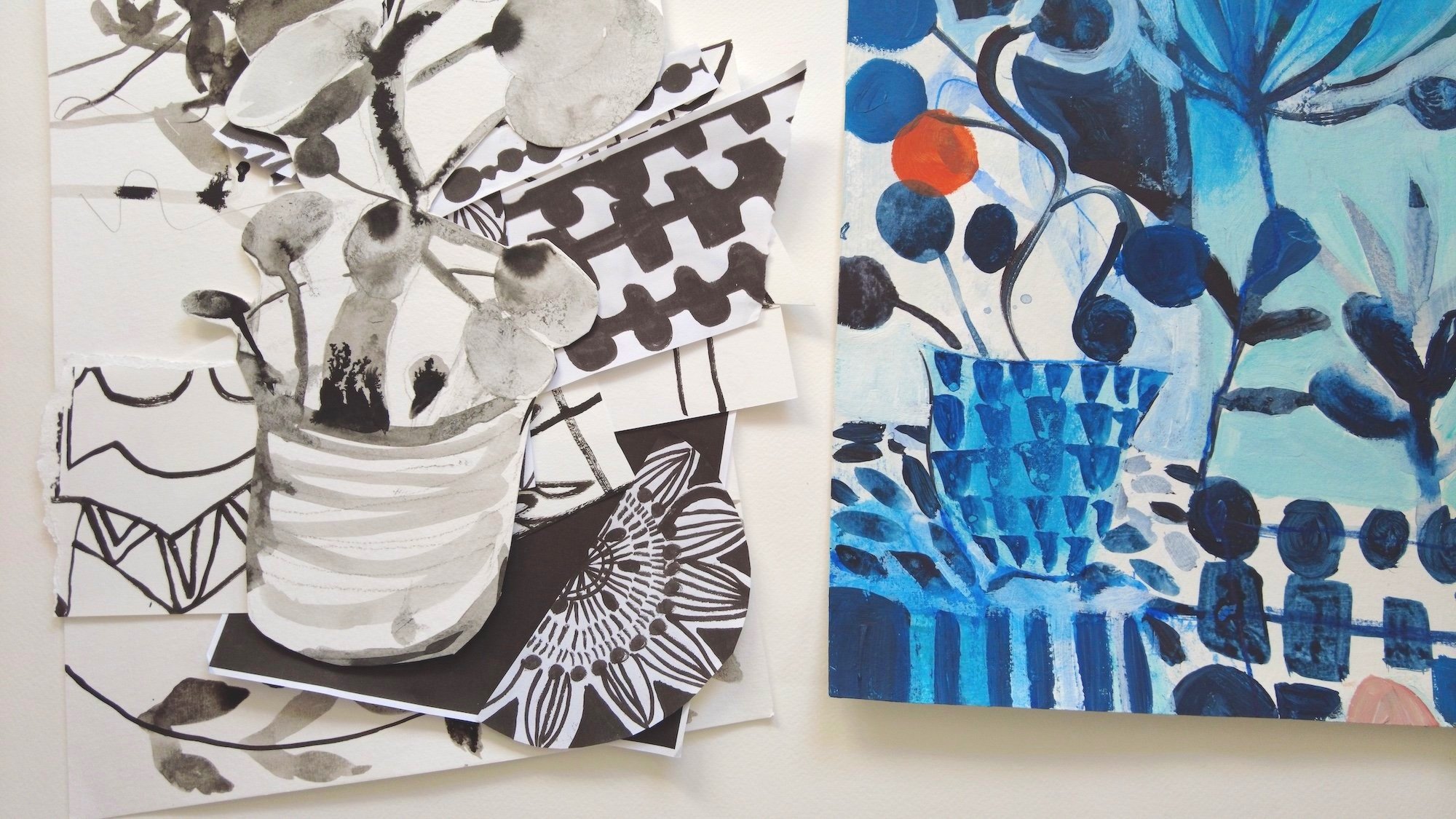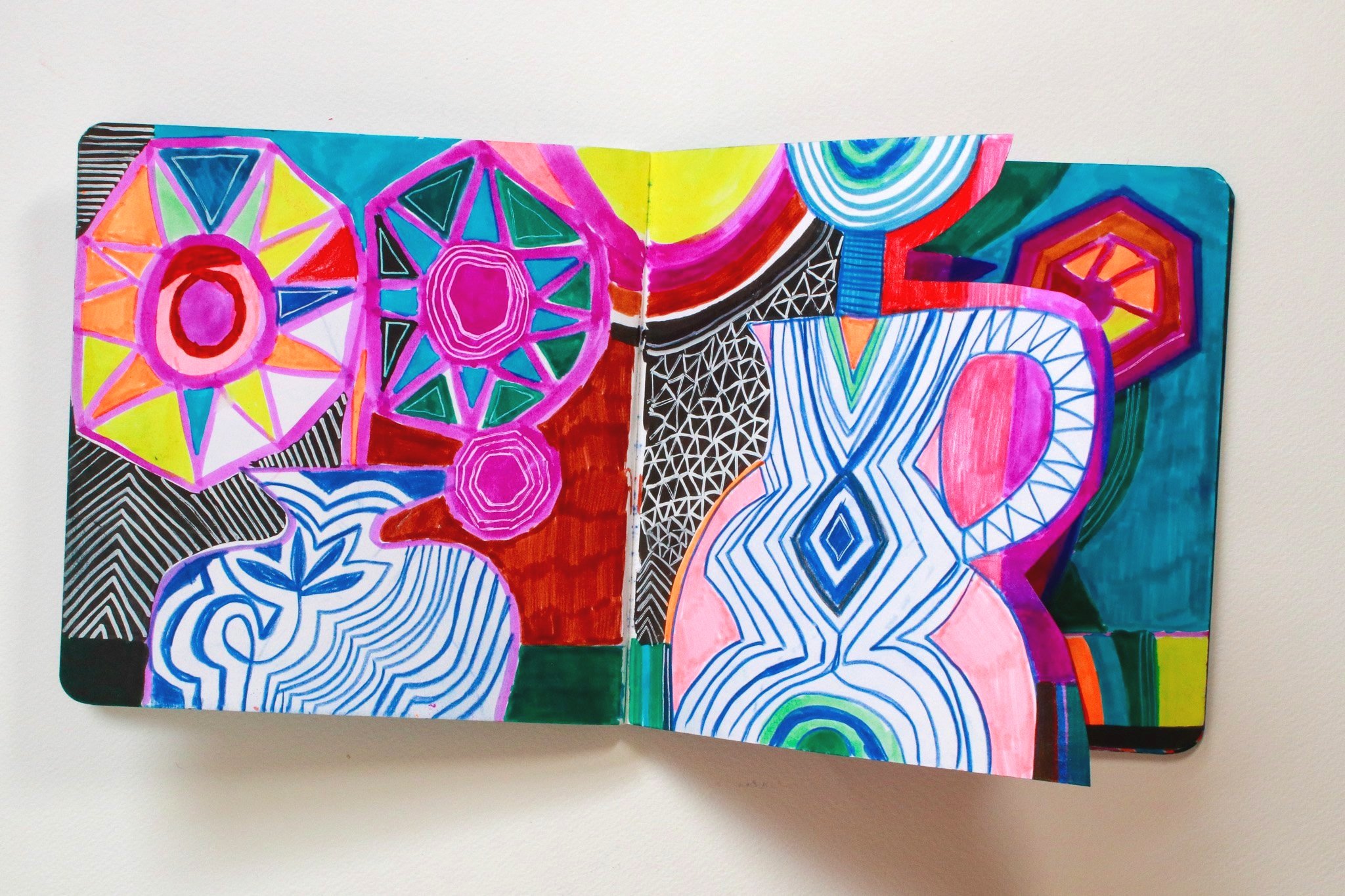
Art making ideasi
Ideas. Inspiration. A little creative mischief.
If you’re drawn to abstract and semi-abstract art, sketchbooks, colour and a little creative mischief, this is your corner of the internet.
Here you’ll find stories, videos, inspiration, art making advice and gentle nudges to help you create art that feels exciting to you.
Looking back to go forward…
This blog is about reviewing our work, looking back at our art with an inquisitive and curious eye…
Sketchbooks and art books
I share three art books which take you inside renowned artist’s sketchbooks and share a little about my new still life class…
How to make a simple sketchbook
Learn how to make a simple concertina book which can be turned into a more regular sketchbook with a little glue…
Art and life: sketchbooks, paintings and art books
Tracing how my sketchbooks influence my paintings and sharing some favourite art books…
Searching for joy and delight
A tour through my mixed media sketchbook and a speedy art demo using Indian ink
Art demo: abstract painting inspired by shapes
A practical tutorial about painting abstract pages inspired by shapes…
Art tutorial: interesting shapes
A practical tutorial all about discovering and developing interesting shapes…
Painting: a process of discovery
Painting is often like setting off on an adventure with no idea of the destination
Collages made from magazines
A simple art exercise and thoughts on less than perfect outcomes…





